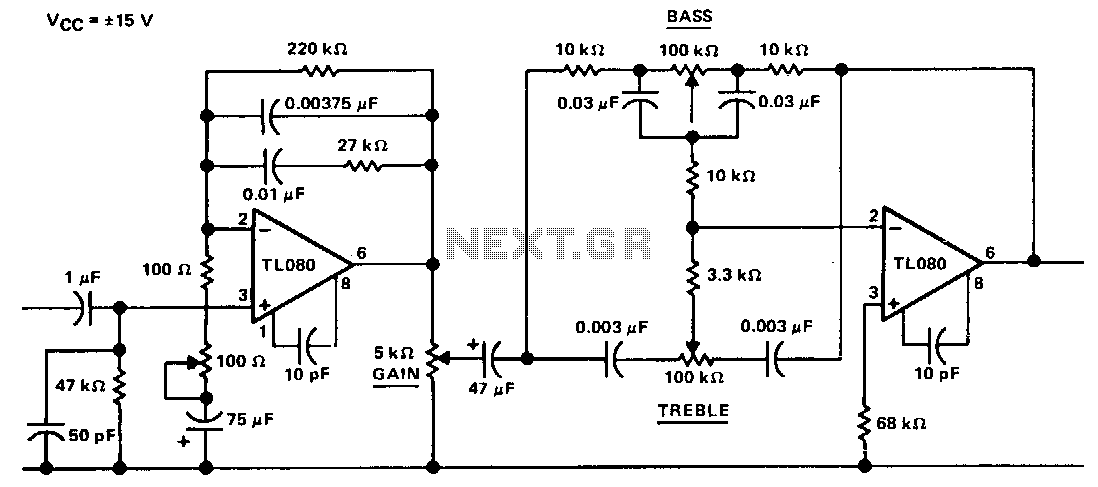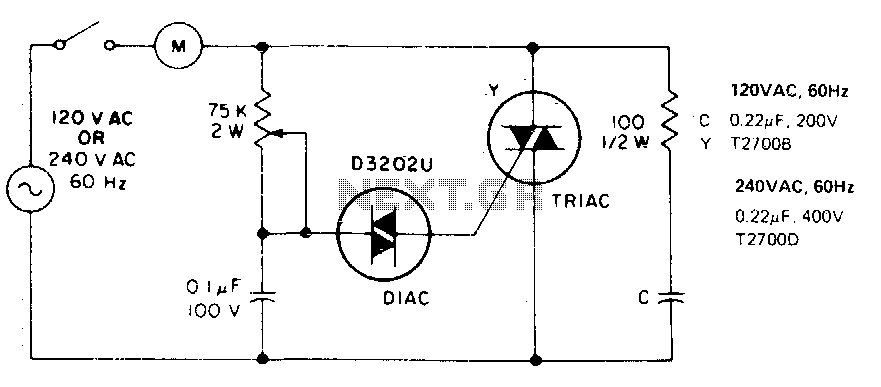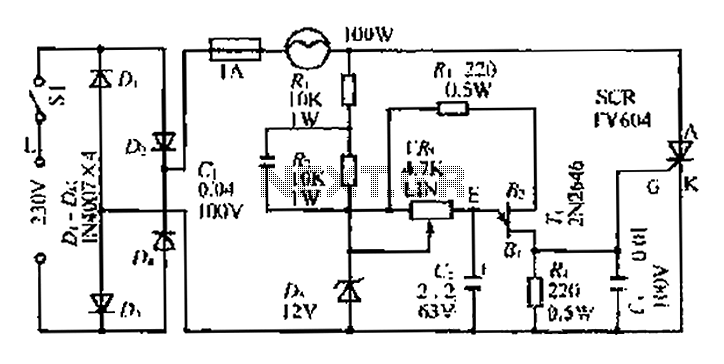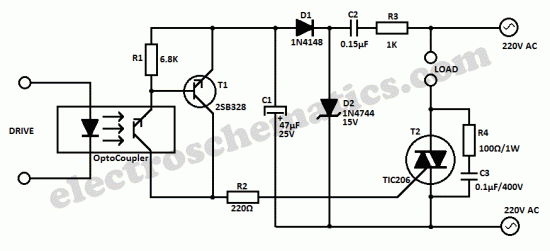
Automatic Windshield Washer Control
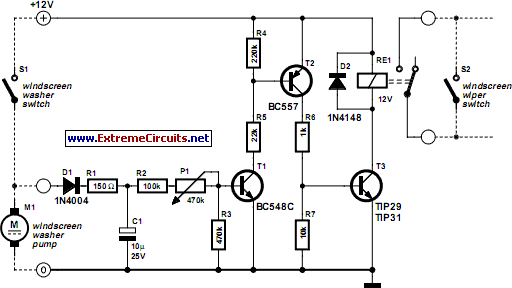
Most, if not all, recent cars have a significant amount of electronics, including ABS brake systems, engine control with injection calculators, and airbags.
Modern automobiles are equipped with a wide array of electronic systems that enhance performance, safety, and comfort. The Anti-lock Braking System (ABS) is a critical electronic feature that prevents wheel lockup during braking, allowing for better control and stability. This system relies on wheel speed sensors that monitor the rotation of each wheel, an electronic control unit (ECU) that processes the data, and hydraulic modulator valves that adjust brake pressure accordingly.
Engine control systems in contemporary vehicles utilize sophisticated injection calculators that optimize fuel delivery and air intake for improved efficiency and reduced emissions. These systems employ various sensors, including oxygen sensors, mass air flow sensors, and throttle position sensors, which feed data to the ECU. The ECU then calculates the optimal fuel-air mixture and timing for combustion, ensuring the engine operates at peak performance.
Additionally, airbag systems are integral to vehicle safety, deploying in the event of a collision to protect occupants. These systems consist of crash sensors that detect sudden deceleration, an electronic control unit that processes the sensor data, and the airbags themselves, which are stored in various locations throughout the vehicle. The timing and deployment of the airbags are carefully managed to minimize injury during an accident.
Overall, the integration of these electronic systems in modern vehicles not only enhances driving experience and safety but also contributes to the overall efficiency and environmental sustainability of automotive technology. Each electronic component is designed to work in harmony with others, creating a complex network of systems that are essential for the functionality of contemporary vehicles.Most, if not all, recent cars have an impressive amount of electronics, whether it be ABS brake systems, engine control with injection calculators, airbag.. 🔗 External reference
Modern automobiles are equipped with a wide array of electronic systems that enhance performance, safety, and comfort. The Anti-lock Braking System (ABS) is a critical electronic feature that prevents wheel lockup during braking, allowing for better control and stability. This system relies on wheel speed sensors that monitor the rotation of each wheel, an electronic control unit (ECU) that processes the data, and hydraulic modulator valves that adjust brake pressure accordingly.
Engine control systems in contemporary vehicles utilize sophisticated injection calculators that optimize fuel delivery and air intake for improved efficiency and reduced emissions. These systems employ various sensors, including oxygen sensors, mass air flow sensors, and throttle position sensors, which feed data to the ECU. The ECU then calculates the optimal fuel-air mixture and timing for combustion, ensuring the engine operates at peak performance.
Additionally, airbag systems are integral to vehicle safety, deploying in the event of a collision to protect occupants. These systems consist of crash sensors that detect sudden deceleration, an electronic control unit that processes the sensor data, and the airbags themselves, which are stored in various locations throughout the vehicle. The timing and deployment of the airbags are carefully managed to minimize injury during an accident.
Overall, the integration of these electronic systems in modern vehicles not only enhances driving experience and safety but also contributes to the overall efficiency and environmental sustainability of automotive technology. Each electronic component is designed to work in harmony with others, creating a complex network of systems that are essential for the functionality of contemporary vehicles.Most, if not all, recent cars have an impressive amount of electronics, whether it be ABS brake systems, engine control with injection calculators, airbag.. 🔗 External reference
